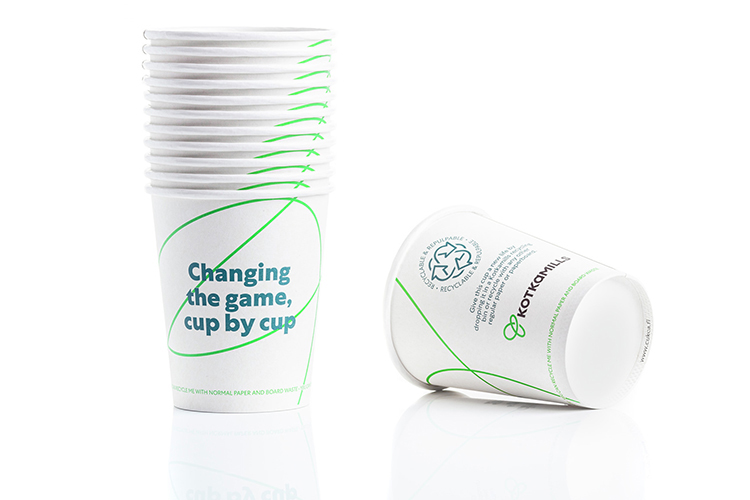Redacción Alabrent
There is market demand for fully recyclable single-use cups. Consumers are environmentally conscious and want to use plastic-free and recyclable products. The EU should strongly encourage packaging material producers to seek solutions that replace plastic – and not bundle them categorically by end use into the same group. The frontrunner role and defending Finnish product development require this kind of attitude, Hämäläinen continues.The EU’s Single-Use Plastic (SUP) Directive is gradually being transposed into national law in member states. The goal is to reduce marine litter caused by single-use plastic products, as well as to promote a circular economy and harmonise regulation of these products in member states.
“We share the directive’s objectives; a circular economy is at the core of our operations. However, we are concerned that, under the directive, also some consumer board packaging may be subject to regulation – even though it specifically replaces plastic,” notes Kotkamills’ CEO Markku Hämäläinen.
In 2016, one of Kotkamills’ paper machines was replaced with an innovative board machine. In addition to traditional consumer packaging board made from virgin fibre, the same technology is used to produce cupstock that has barrier properties but no plastic coating. The new innovative products are compatible with the original text of the directive. Products made from the cupstock, like e.g. single-use cups, can be recycled with paper and cardboard and then made into new products.
“Being in a pioneering role is often rough. Along the way you have to overcome many prevailing prejudices and misconceptions. Kotkamills has been a bold innovator and, at the same time, we have seen just how much work it takes to deploy new technology and expand understanding. Innovations in board already exist, and more solutions replacing plastic are emerging,” Hämäläinen adds.
According to a life-cycle assessment made by the consulting and engineering company Ramboll for the European Paper Packaging Alliance (EPPA), reusable containers made from plastic had a 2.7 times bigger carbon footprint than paper-based single-use packaging.
“The life-cycle assessment made by Ramboll is consistent with our view. We believe in the future of fully recyclable fibre-based packaging. Paper and paperboard recycling is already at a good level, but the recycling rate especially in consumer boards can be further increased. There is still the potential to make significant progress in the shared effort among consumers, collection systems and fibre users to recycle fully recyclable cupstock. In our view, it is important to encourage responsible consumer behaviour – and to not create complex requirements for solutions that replace plastic,” Hämäläinen concludes.



